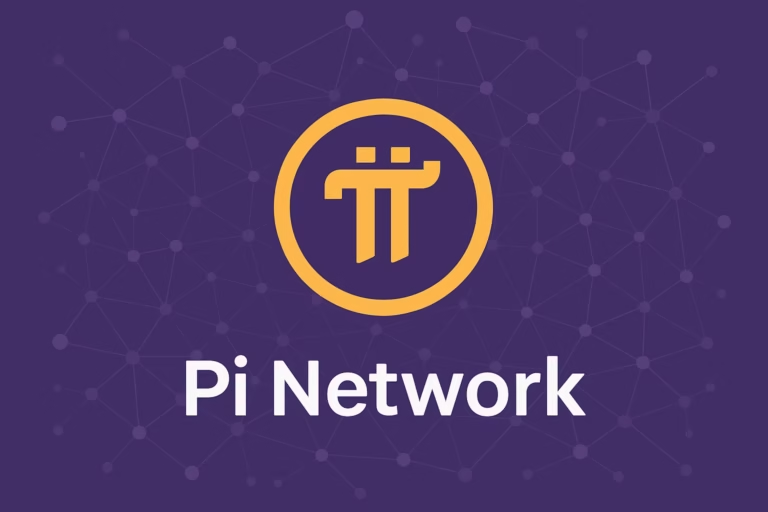Governments play a pivotal role in shaping societies, influencing everything from economic policies to social justice, environmental protection, and public health. Understanding the power of government and how individuals and communities can engage with it is crucial for creating meaningful change. This article delves into the mechanisms of government power and provides insights on how citizens can make a difference.
Understanding Government Power
Governments derive their power from the consent of the governed, usually through a system of laws and institutions designed to manage society’s needs and protect its members. The power of government can be broadly categorized into three branches: legislative, executive, and judicial.
- Legislative Power: This involves making laws and policies. Legislative bodies, such as parliaments or congresses, debate and pass laws that affect all aspects of life. These laws can address economic issues, civil rights, environmental regulations, and more.
- Executive Power: The executive branch is responsible for implementing and enforcing laws. This includes the presidency or prime minister’s office, various ministries or departments, and local government officials. They ensure that the laws passed by the legislative branch are carried out effectively.
- Judicial Power: The judiciary interprets laws and ensures they are applied fairly. Courts can also challenge and overturn laws or executive actions that are deemed unconstitutional. This branch acts as a check on the other two branches, safeguarding the rule of law.
Ripple News: Ripple’s Crossroads: XRP Price Vulnerability Amidst Government Ties
How Citizens Can Make a Difference
While government power can seem vast and impersonal, individual citizens and communities have numerous avenues to influence it and drive change.
- Voting: Voting is the most direct way to influence government. By electing representatives who align with their values and priorities, citizens can shape the legislative agenda. Voter turnout is crucial, as elected officials are more likely to prioritize issues that matter to their constituents.
- Advocacy and Lobbying: Advocacy involves promoting a cause or policy change. This can be done through lobbying elected officials, participating in public comment periods for new regulations, or joining advocacy groups. Effective advocacy often requires a deep understanding of the issues and the political landscape.
- Grassroots Movements: Grassroots movements are powerful tools for change. These movements start at the local level and can grow to have national or even global impact. They often involve community organizing, public demonstrations, and social media campaigns to raise awareness and pressure decision-makers.
- Public Service: Engaging directly with government through public service can be highly impactful. Running for office, working in government agencies, or serving on local boards and commissions allows individuals to contribute to policy-making and implementation from the inside.
- Education and Awareness: Educating oneself and others about the workings of government and the importance of civic engagement is fundamental. Awareness campaigns can mobilize communities and create a more informed electorate, which in turn can lead to more responsive governance.
Coinbase News: Coinbase Leads The Charge: Forming A Coalition To Combat Online Fraud And Crypto Scams
- Legal Action: Sometimes, legal action is necessary to challenge unjust laws or policies. Individuals and organizations can file lawsuits to protect civil rights, environmental standards, and other critical issues. Legal victories can set precedents that lead to broader societal changes.
Case Studies in Civic Engagement
Environmental Protection: The success of the environmental movement illustrates how public engagement can influence government policy. Advocacy groups have successfully lobbied for regulations to reduce pollution, protect endangered species, and combat climate change. Grassroots campaigns have also led to the establishment of protected areas and the promotion of sustainable practices.
Civil Rights: The civil rights movement in the United States is a prime example of how collective action can lead to significant legislative and societal change. Through protests, legal challenges, and persistent advocacy, activists secured landmark legislation such as the Civil Rights Act and the Voting Rights Act.
Healthcare Reform: Public advocacy has also played a crucial role in healthcare reform. Efforts to expand access to healthcare, improve patient rights, and increase funding for medical research have often been driven by coalitions of concerned citizens, health professionals, and advocacy groups.
The power of government is immense, but so is the power of an engaged citizenry. By understanding the mechanisms of government and actively participating in the democratic process, individuals and communities can influence policy, protect their rights, and promote social justice. Whether through voting, advocacy, grassroots movements, public service, education, or legal action, there are myriad ways to make a difference. The key is to remain informed, persistent, and committed to the cause of a better society for all.







